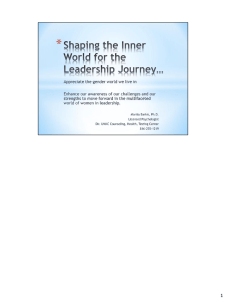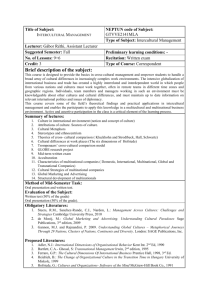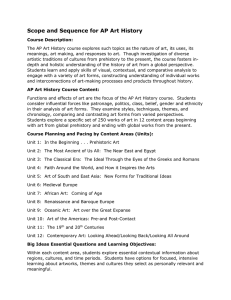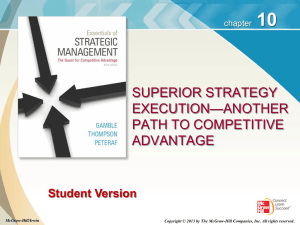Juniata Desired Intercultural Competencies (2005) The IEC used as
advertisement
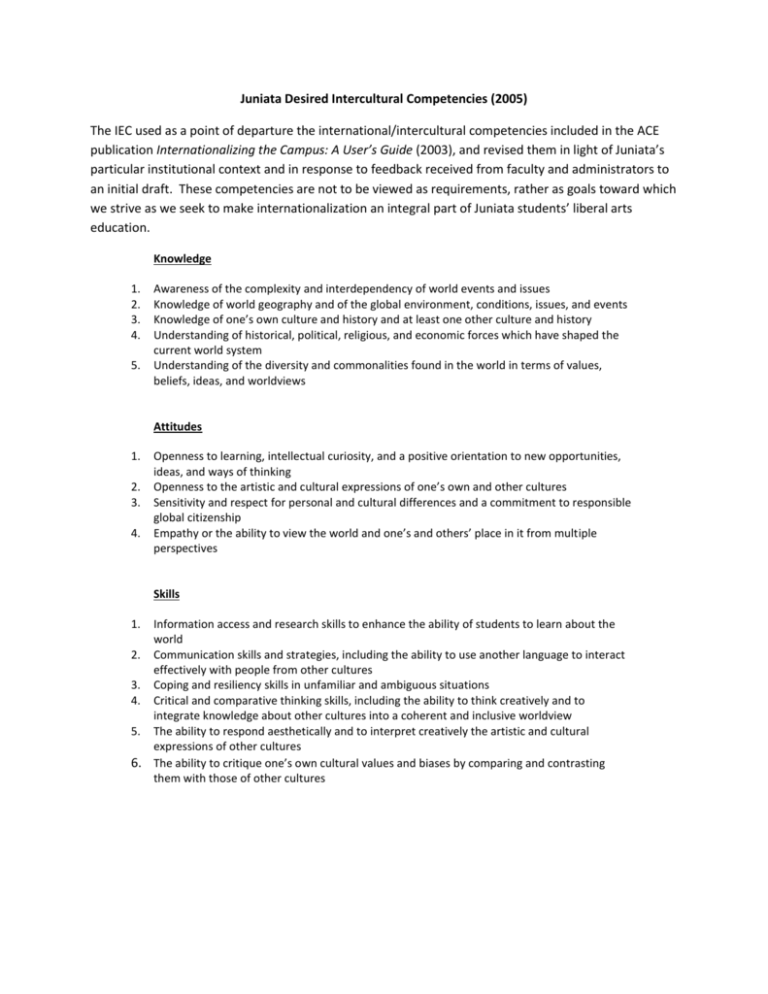
Juniata Desired Intercultural Competencies (2005) The IEC used as a point of departure the international/intercultural competencies included in the ACE publication Internationalizing the Campus: A User’s Guide (2003), and revised them in light of Juniata’s particular institutional context and in response to feedback received from faculty and administrators to an initial draft. These competencies are not to be viewed as requirements, rather as goals toward which we strive as we seek to make internationalization an integral part of Juniata students’ liberal arts education. Knowledge 1. 2. 3. 4. 5. Awareness of the complexity and interdependency of world events and issues Knowledge of world geography and of the global environment, conditions, issues, and events Knowledge of one’s own culture and history and at least one other culture and history Understanding of historical, political, religious, and economic forces which have shaped the current world system Understanding of the diversity and commonalities found in the world in terms of values, beliefs, ideas, and worldviews Attitudes 1. 2. 3. 4. Openness to learning, intellectual curiosity, and a positive orientation to new opportunities, ideas, and ways of thinking Openness to the artistic and cultural expressions of one’s own and other cultures Sensitivity and respect for personal and cultural differences and a commitment to responsible global citizenship Empathy or the ability to view the world and one’s and others’ place in it from multiple perspectives Skills 1. Information access and research skills to enhance the ability of students to learn about the world 2. Communication skills and strategies, including the ability to use another language to interact effectively with people from other cultures 3. Coping and resiliency skills in unfamiliar and ambiguous situations 4. Critical and comparative thinking skills, including the ability to think creatively and to integrate knowledge about other cultures into a coherent and inclusive worldview 5. The ability to respond aesthetically and to interpret creatively the artistic and cultural expressions of other cultures 6. The ability to critique one’s own cultural values and biases by comparing and contrasting them with those of other cultures Rubric (2012)
